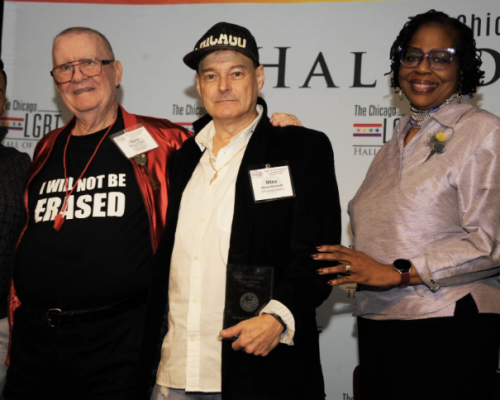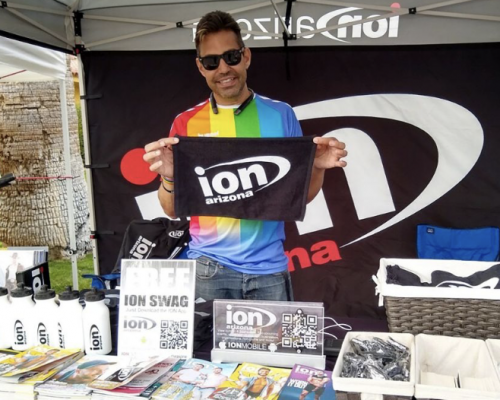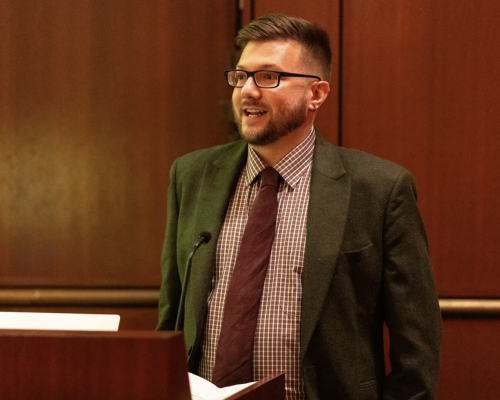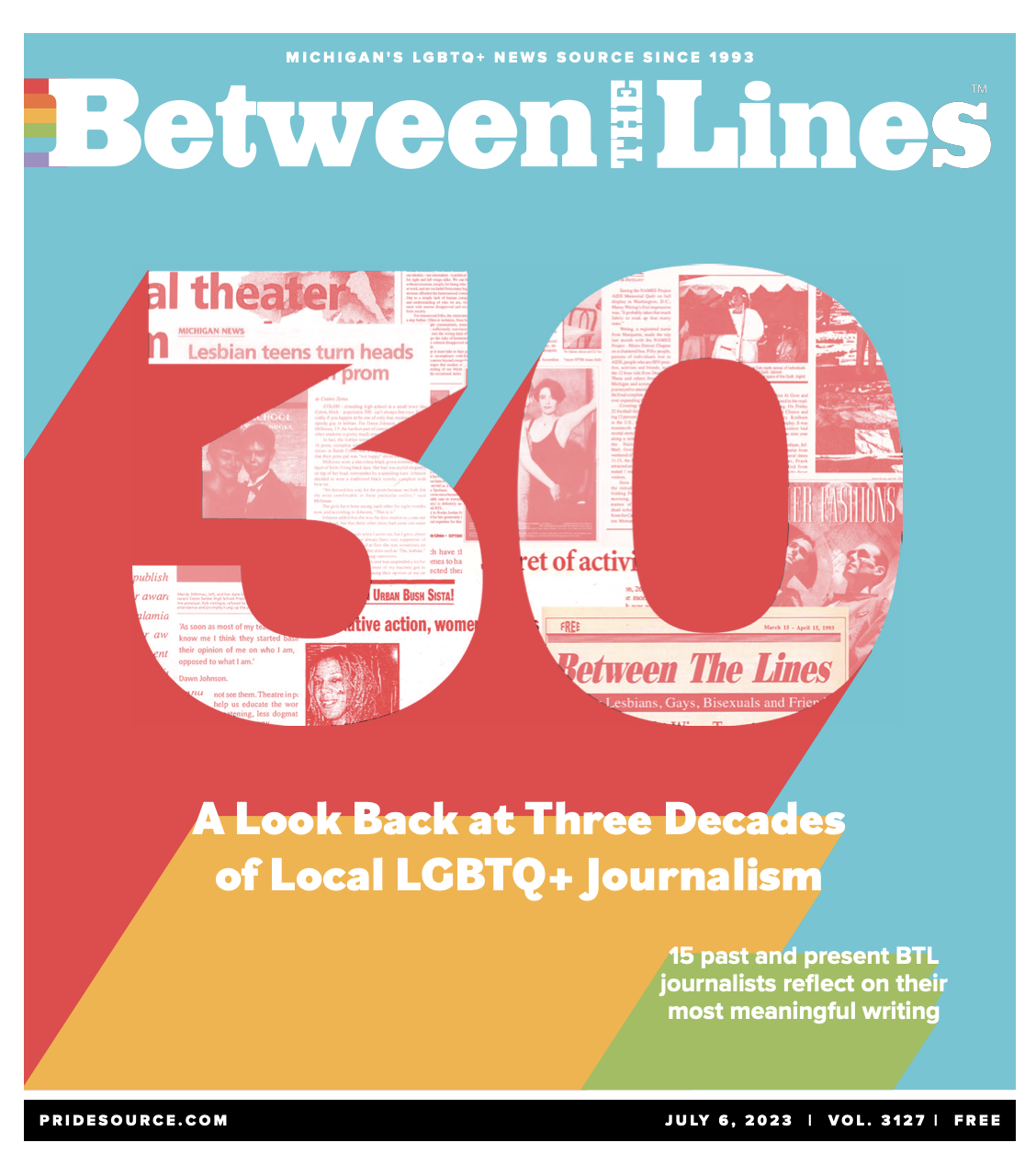
Michigan newspaper reflects on 30 years of reporting
by Fred Kuhr
This past July, Metro Detroit newspaper Between The Lines (BTL) celebrated three decades of publication. To mark the occasion, the newspaper, now based in Ann Arbor, promised on its front page to take “a look back at three decades of local LGBTQ+ journalism” and “15 past and present BTL journalists reflect on their most meaningful writing.”
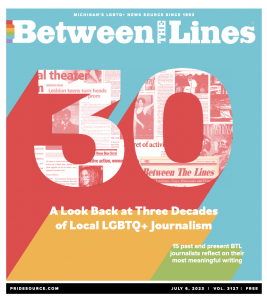
The introduction to the celebration is a piece written by the issue’s guest editor Tim Retzloff, who “was directly involved in BTL at its founding and for its first four and a half years, and I’ve continued to occasionally write for the paper ever since. The byline I have enjoyed here under each publisher gives me a unique vantage point.”
In his piece, Retzloff said, “One word comes to mind when thinking of the legacy of Between The Lines: heft. We’re talking 30 years of continuous publication, first monthly until late 1997, then biweekly for a year, then weekly for more than two decades, then back to biweekly in early 2020. That’s more than 1,200 print issues to date.”
In the early days of what would become that “heft,” Retzloff embarked on a project to archive the history and reporting BTL has covered.
“From BTL’s start, with digitization far in the future, I set aside three or four copies of each issue to clip and save,” he wrote. “Time went by. I finally got around to actively clipping all the slowly yellowing stacks of papers, several file cabinets full, after finishing my B.A. and getting my Ph.D. in history, a couple summers of mindless toil just prior to COVID. I now have a dozen cardboard U-Haul boxes jammed with loose clippings. The process of cutting out thousands of articles to archive has given me a new appreciation for BTL. These years have been momentous for our community, both nationally and locally.”
The anniversary issue also includes an interview with the newspaper’s editorial director, Chris Azzopardi.
“When I started in this role, I had a mission coming in. I wanted to make sure that we were examining the intersection between queerness, race, cultures, religion, disabilities in a way that feels natural — sharing stories that matter to the whole community but spotlighting voices that aren’t always heard as much at the same time,” Azzopardi told reporter Sarah Bricker Hunt.
“So, where there had been a focus primarily on white gay men and lesbian women, I saw opportunities to expand our coverage,” he continued. “I came into the role in 2021 feeling the impact of George Floyd’s murder and the Black Lives Matter movement, as well. I went to protests and I’d be there with my queer friends with our signs and we were collectively standing up for Black lives. I felt my privilege as a white gay man in a new way, and I realized that we’re fighting for similar causes, and we’re fighting constantly for certain rights because we are all marginalized and opposed in some ways that intersect. A queer, Black trans woman, as an example, is dealing with oppression in multiple ways. Those are the stories I really wanted to elevate.”
The issue then includes a collection of reflections from reporters upon looking back at articles they had written for BTL. For example, in an article first published in September 1993 in BTL’s sixth issue, reporter MaxZine Weinstein wrote about religious right activists fighting progressive causes such as LGBTQ rights.
In the anniversary issue, Weinstein wrote, “‘Holy crap!’ That was my reaction upon rereading the article ‘Stakes rise in Michigan holy war” that I wrote in 1993. The holy war waged against the LGBTQ+ community back then is disturbingly similar to what we are facing 30 years later.”
As Retzloff noted, ”The journey of the paper has been intertwined with so many individual and collective journeys. Combing through my cardboard boxes of clippings for articles to scan for this anniversary issue, it’s hard not to be awestruck by the history chronicled in the pages of more than 1,200 issues, political and cultural inroads, recurring joys and sorrows, change coupled with continuity.”
“Readers can explore the full heft of Between The Lines themselves by perusing copies held by the Labadie Collection and the Bentley Historical Library at the University of Michigan or by Special Collections at Michigan State University, each of which hold full runs or near full runs. The Library of Michigan in Lansing has the first 10 years on microfilm and the next 10 years in bound volumes. Pride Source has some PDF versions on its website,” he added. “It’s all a hefty achievement indeed.”
IN THE NEWS
Volume 25
Issue 7

